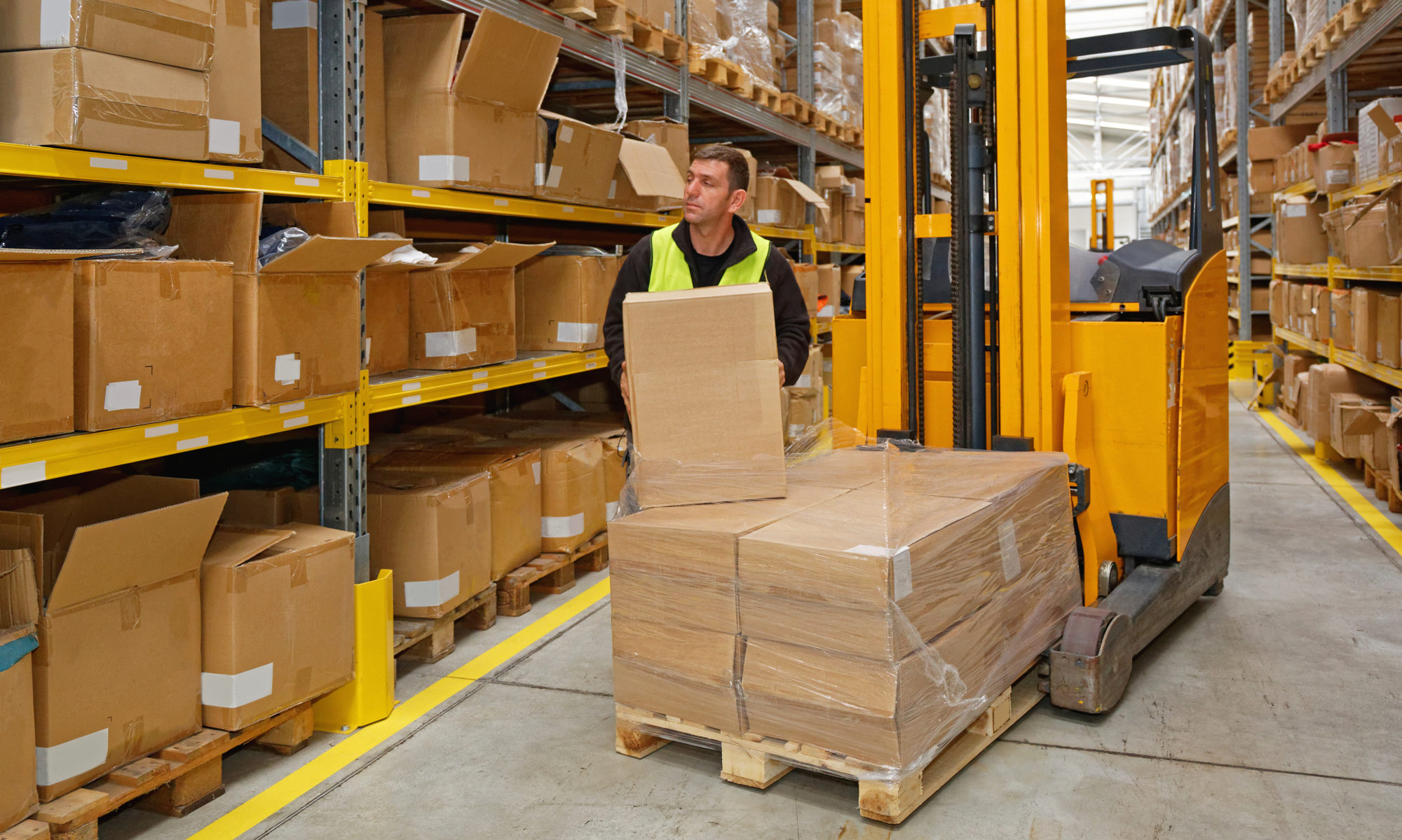Running an eCommerce business means juggling countless tasks. From managing inventory to processing orders and handling customer service, the workload can quickly become overwhelming. That’s where partnering with a fulfillment company becomes an asset for your business growth.
Understanding 3PL and Fulfillment Services
A fulfillment company, also known as a third-party logistics provider (3PL), handles the behind-the-scenes operations that keep your eCommerce store running smoothly. These providers manage everything from storing your inventory to shipping products directly to your customers’ doors.
At Medallion Fulfillment, we’ve seen how the right fulfillment partner can transform struggling businesses into thriving enterprises. Let’s explore the essential services that make this transformation possible.
Core Fulfillment Services
Inventory Storage and Warehouse Management
Professional fulfillment companies provide secure warehouse space for your products. This includes climate-controlled environments, advanced inventory tracking systems, and real-time stock level monitoring. You’ll never worry about running out of popular items or overstocking slow-moving products.
Order Processing and Pick & Pack
When customers place orders, your fulfillment company springs into action. They receive order information, locate products in the warehouse, carefully package items, and prepare them for shipping. This streamlined process ensures orders are processed quickly and accurately.
Shipping and Returns Management
Fulfillment companies maintain relationships with major carriers, often securing better shipping rates than individual businesses could negotiate. They also handle the complex process of returns, inspecting returned items and restocking those in good condition.
Specialized Services from Medallion Fulfillment
Shopping Cart Setup and Integration
Many business owners want to sell online but lack the technical expertise to set up eCommerce systems. We establish relationships with shopping carts that integrate seamlessly with our fulfillment systems, making online selling straightforward and efficient.
Customer Care and Technical Support
Beyond just shipping products, we provide comprehensive customer service support. Our team handles inquiries, resolves issues, and maintains the high service standards your customers expect.
Monthly Reorder Fulfillment Programs
For businesses with subscription models or regular repeat customers, we offer specialized monthly reorder programs. These ensure consistent delivery schedules and help maintain customer satisfaction.
Key Benefits of Outsourcing Fulfillment
Partnering with a fulfillment company saves valuable time and resources. Instead of managing warehouse operations, you can focus on growing your business, developing new products, and building customer relationships.
The scalability factor is crucial. As your business grows, your fulfillment needs will expand. A professional 3PL can adjust services, accordingly, handling increased order volumes without requiring you to invest in additional infrastructure.
Your Path to Streamlined Operations
Medallion Fulfillment offers flexible, comprehensive solutions tailored to your specific needs. Whether you’re just starting your eCommerce journey or need to optimize existing operations, we provide the expertise and infrastructure to support your success.
Ready to transform your fulfillment operations? Contact Medallion Fulfillment today to discover how our customized approach can streamline your business and enhance customer satisfaction.





